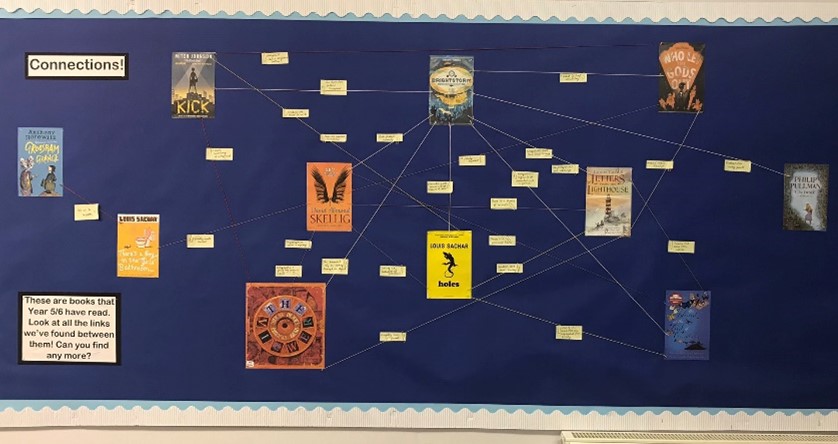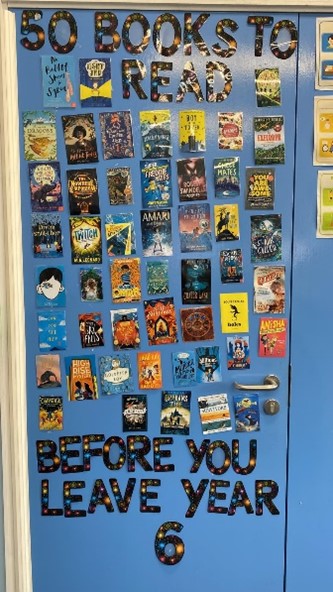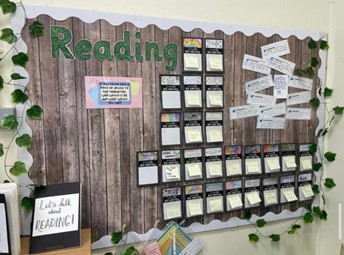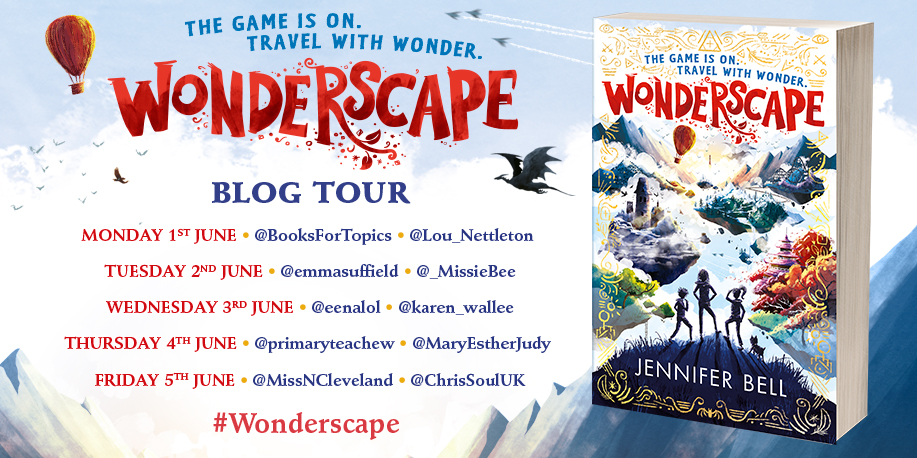Over the past couple of years, I’ve written some blog posts which have been published on other sites. I’m quite proud of these and would like to keep them all in one place so I can find them again, hence my replicating them here on my blog. I haven’t copied and pasted the entire article as it does belong to the original site, despite being written by me, so please do continue to read it there if you find it of interest!
This one was written for Teach Primary in April 2019.
Teaching writing in Y6, I have learned many things about children: they have brilliant imaginations; they are capable of understanding complex concepts; once they learn about that semi-colon, they love using it just about anywhere; and many of them have no idea what a sentence is.
This can present itself in many forms, from the struggling writer who has no understanding of where to use a full stop, to the more competent writer who, despite writing proficiently (for the most part) at length, still unknowingly uses fragments and run-on sentences.
There are many things we could blame for this – for starters, the curriculum, which is so rammed with content that it puts the pressure on teachers to just steamroller through, no matter how hard the party line of “they must not move on to new learning until they’ve mastered the old stuff” is drilled into us.
We’ve all tried desperately to teach that child, who still doesn’t understand nouns, about the subjunctive (“If I WERE, if I WERE!”).
We could blame Ofsted (it’s always easy to blame Ofsted) for apparently (according to some school leaders) creating a certain expectation of the ever-increasing quantity of writing that should be in children’s books through their primary school years (just to be clear, I’ve never seen evidence of this apparent expectation in any sort of official documentation).
But rather than working out who to blame, it’s far more productive – and satisfying – to find a solution.
I just want my class to stop writing how they speak! Look no further than The Writing Revolution (TWR) by Judith C Hochman and Natalie Wexler (Josey-Bass, £24.99), a book which “provides a clear method of instruction that you can use no matter what subject or grade level you teach… by focusing on specific techniques that match their [the children’s] needs” (as per the book’s blurb).
Despite being published in the US and being seemingly more applicable to secondary school teachers, TWR’s explicit method of teaching has proved invaluable in my primary school English lessons.
Each activity in the book is pitched for both “Level 1” (primary age equivalent) and “Level 2” (secondary age equivalent) students.
While the first half of the text is relevant for the primary phase, the first chapter in particular has now become the basis of all my writing lessons – Sentences: The Basic Building Blocks of Writing.
‘What Makes a Sentence a Sentence’ (p26 in TWR)? As many of you will know from experience, in children’s English books, quantity is often valued over quality.
TWR looks to challenge this by focusing regularly on sentence work. It advocates practising the skills embedded in content, so any examples I use in English lessons will be based around a topic in another area of the curriculum.
In order to write proficiently, children must understand the concept of a sentence. To achieve this, they are introduced to fragments – a group of words which are not a grammatically correct sentence. TWR suggests the following activities, which have now, on rotation, become my English ‘starters’ every day:
1 | Identifying fragments orally
Children can often instinctively hear fragments: for example, “built a wooden horse”.
When asked what’s missing, they will be able to tell you that we don’t know who built a wooden horse (the Greeks: our topic is the Trojan horse – note that every activity benefits from being embedded in content with which the children are familiar).
With Y6, we can tell them that the subject of the sentence is missing – here, we only have the verb and the object. They can then verbally add to the fragment to make it a grammatically complete sentence.
Continue reading this post here.























